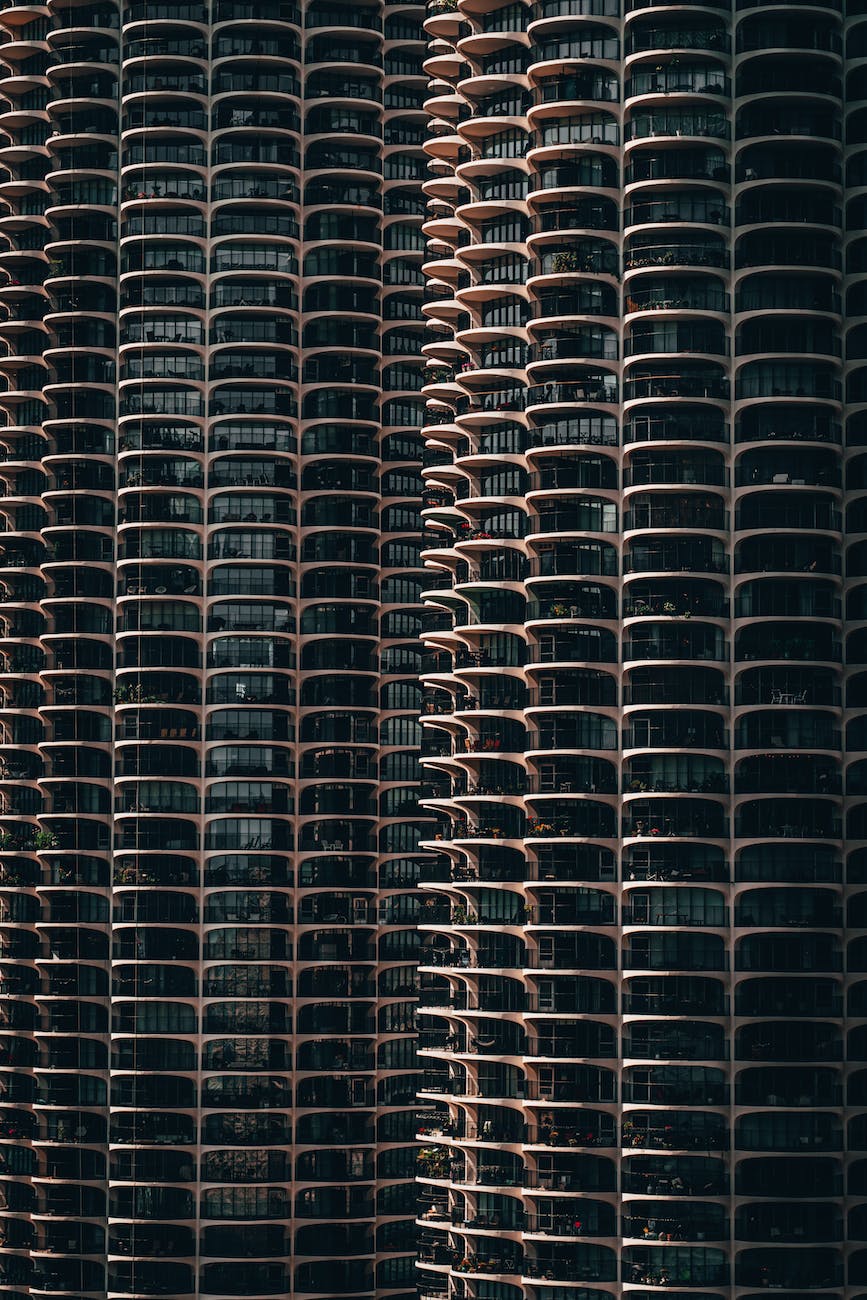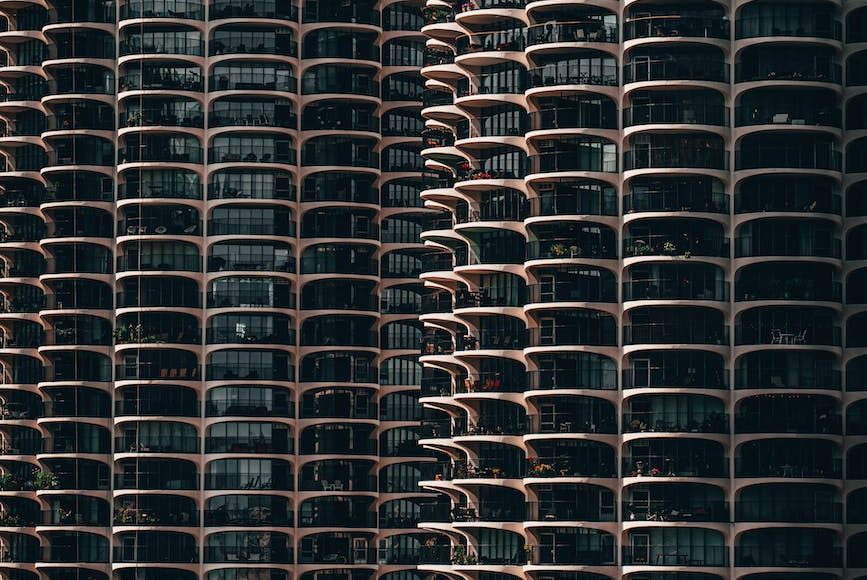Victoria Shabardina from the Institute of Evolutionary Biology (UPF-CSIC) in Spain presented at London Calling 2022 on “Enigmatic genome of Abeoforma whisleri helps our understanding of the origin of animals.” This eleven-minute session has an intriguing title: what is A. whisleri? They spoke about the origin of multicellularity and the closest unicellular relatives. The organisms they are interested in have genes thought to be animal-specific including integrins, ECM receptors, and protein tyrosine kinases. Abeoforma can generate up to ten different cell morphologies during its life cycle, explained Shabardina. Wow. That is pretty amazing for unicellular organisms. Shabardina showed a video of small cells separating from a big cell and explained how this was an example of spatial cell differentiation in Abeoforma. In this study, they sequenced this organism. Interestingly, after 3-4 hours, they obtained very low pore activity with this genome… why? They tried different library preps and close relatives encountering the same issues. Shabardina showed that they tried different DNA preparation methods including shearing and phenol chloroform. They concluded that to solve the problem of low pore activity they should “flash and reload” and load less library than recommended. Using this strategy, Shabardina used nine flow cells and 2.5 kits obtaining 13.6 Gb and 75x coverage. Comparing Nanopore and Illumina assemblies, the Nanopore assembly was still fragmented but much better. Nanopore sequencing helped with the repetitive regions of this genome. Shabardina noted that sequencing identified transcription factors and cytoskeleton genes. They concluded that these factors played a role in regulation of the complex life cycle. Shabardina concluded that the flash-and-reload strategy was useful for highly repetitive genomes like these. I wonder if we could attempt a challenge of sequencing a genome like this as part of a class and as a team effort?



